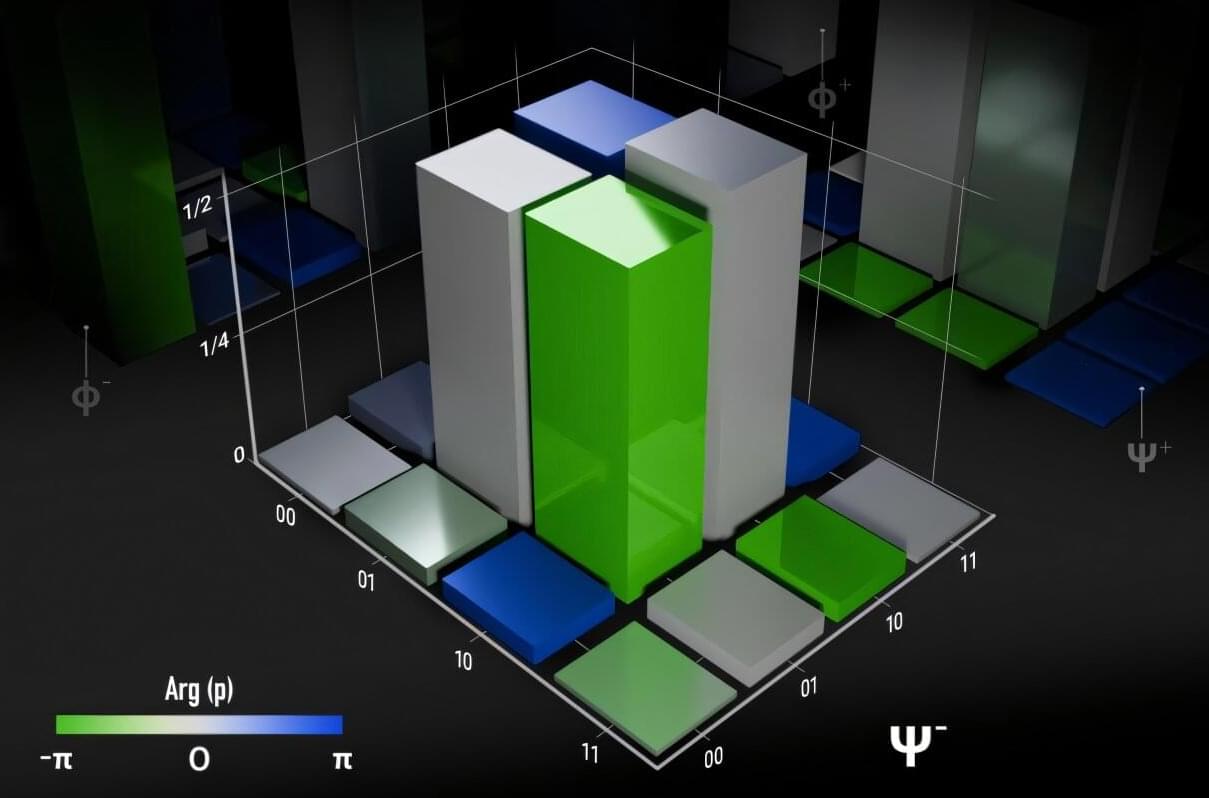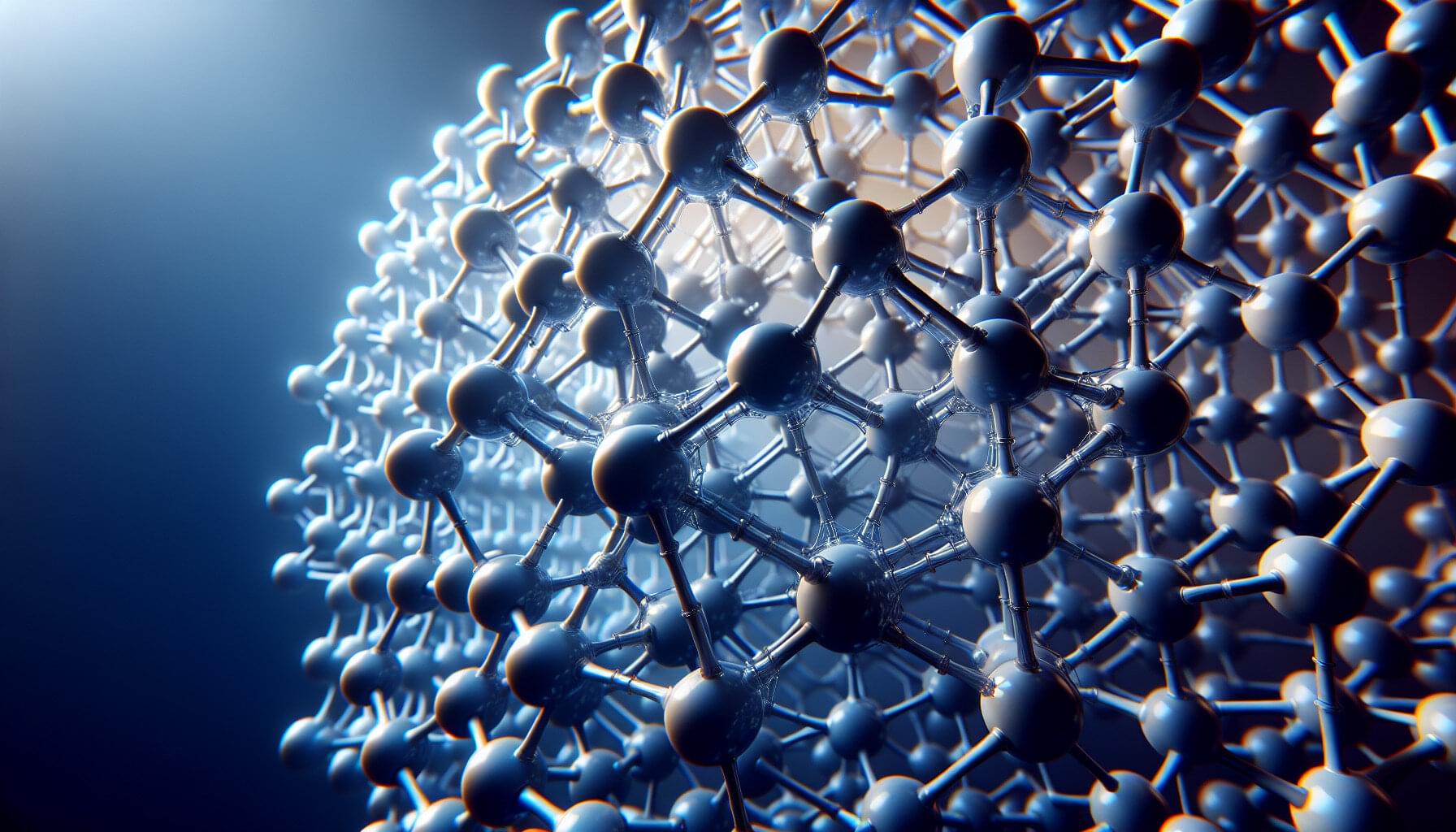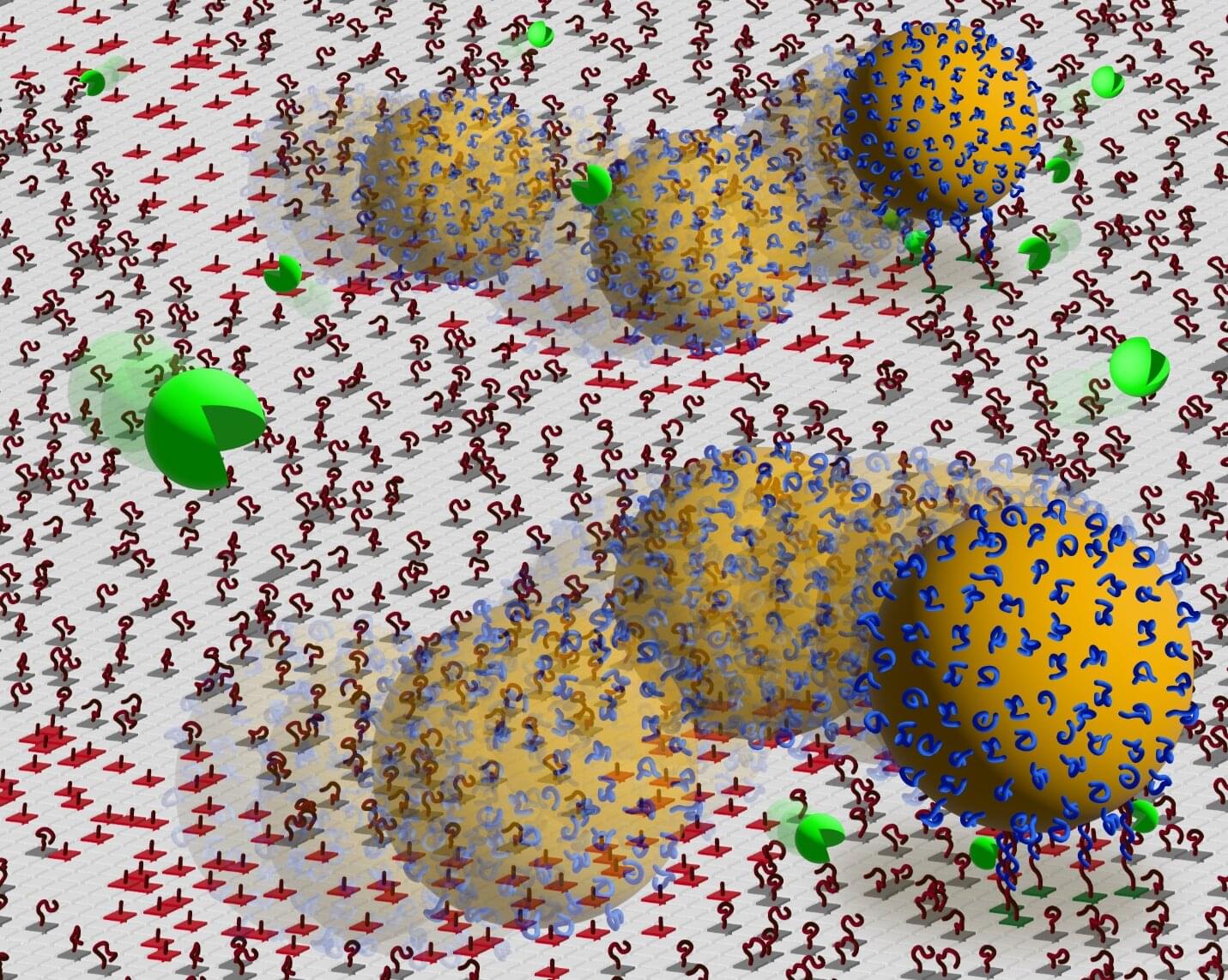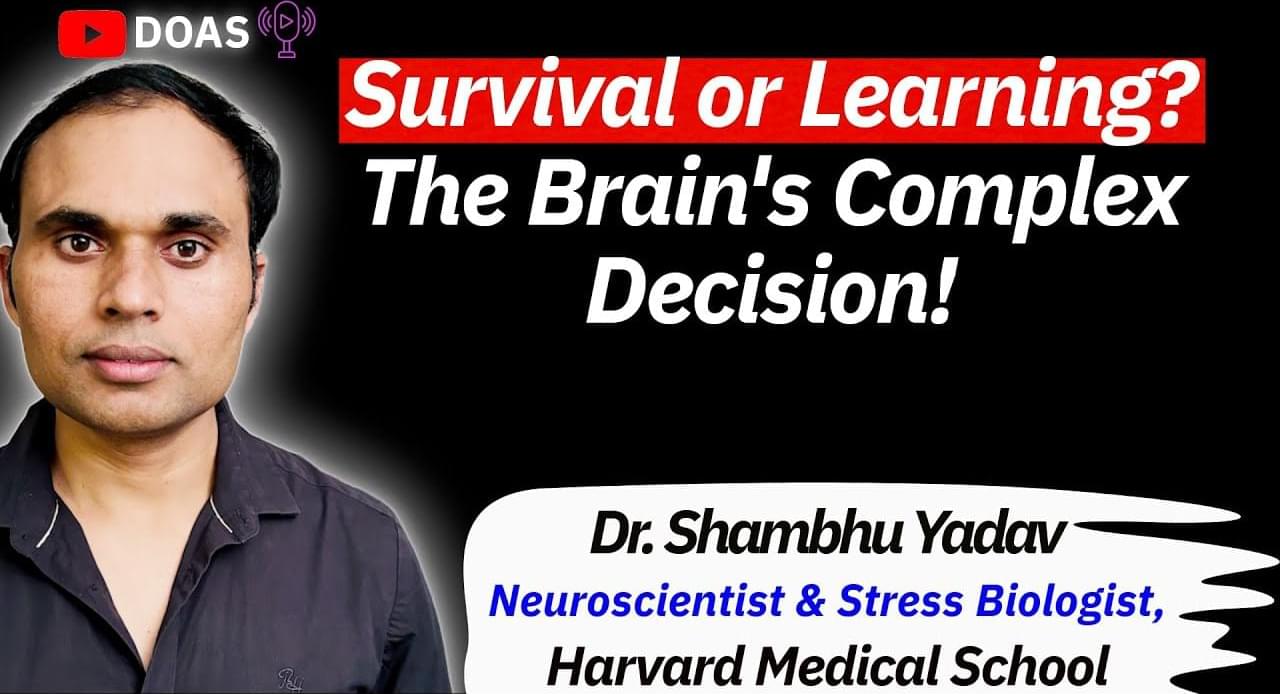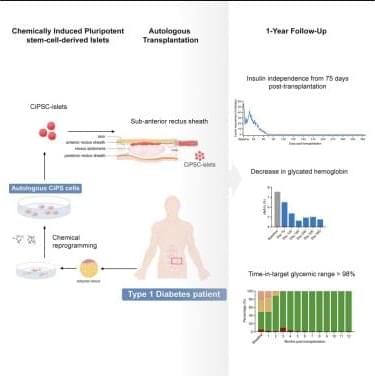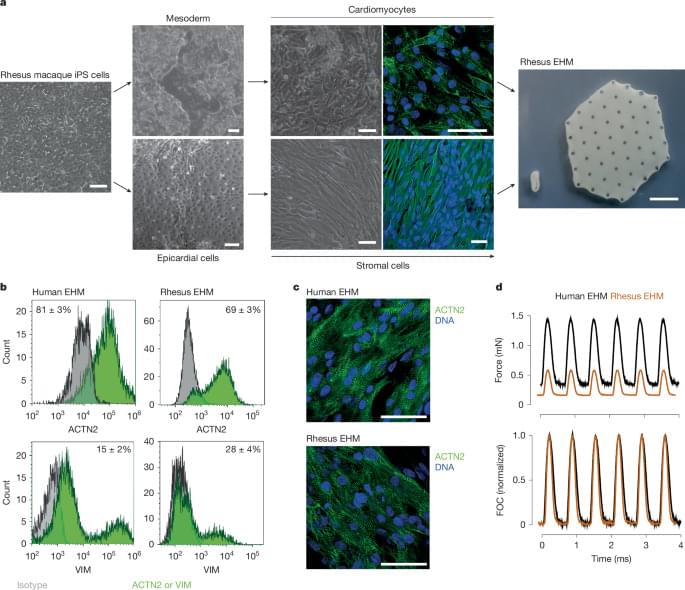A recent study led by quantum researchers at the Department of Energy’s Oak Ridge National Laboratory proved popular among the science community interested in building a more reliable quantum network.
The study, led by ORNL’s Hsuan-Hao Lu, details development of a novel quantum gate that operates between two photonic degrees of freedom—polarization and frequency. (Photonic degrees of freedom describe different properties of a photon that can be controlled and used to store or transmit information.) When combined with hyperentanglement, this new approach could enhance error resilience in quantum communication, helping to pave the way for future quantum networks.
Their work was published in the journal Optica Quantum.
